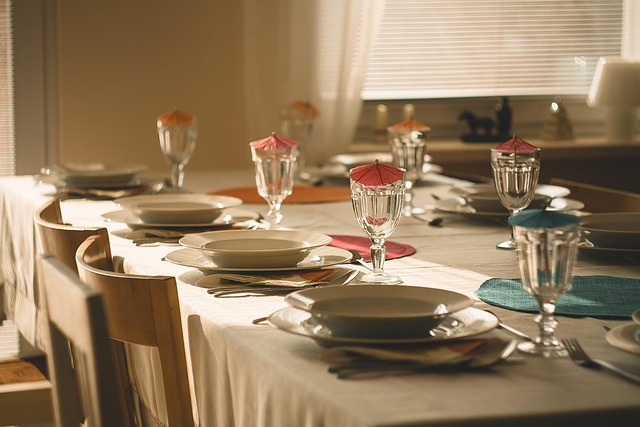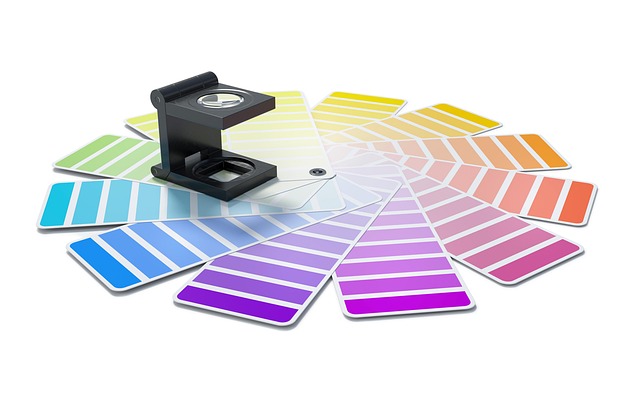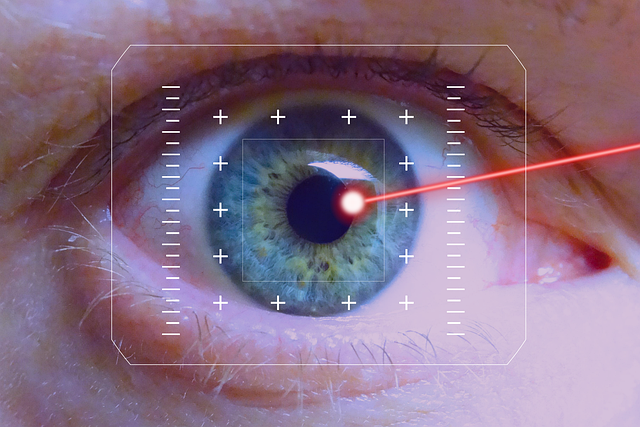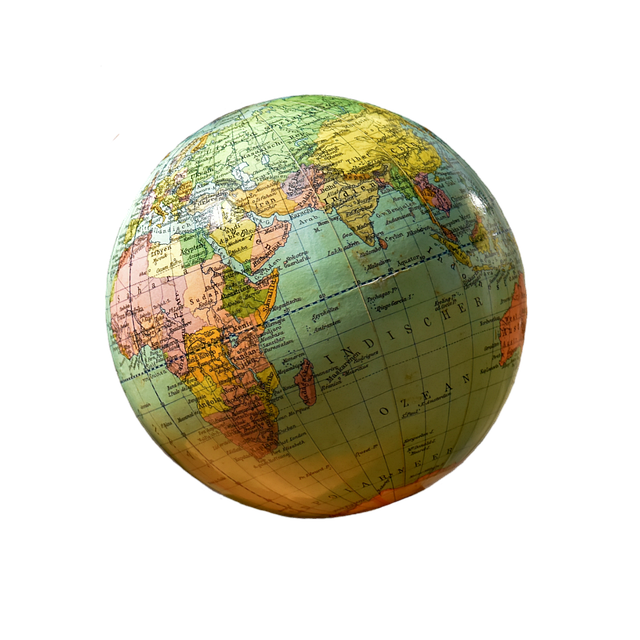In the world of photography, particularly fine art photography, the magic lies not just in the subjects we capture but in the settings options we choose to employ. Settings options serve as the digital palette from which we craft our artistic vision, making each click of the shutter a stroke on the canvas tied to our creative expression.
Understanding and mastering your camera’s settings options is paramount for any photographer aspiring to create compelling art. Each setting—aperture, shutter speed, ISO—functions akin to individual brush strokes in a painting. The aperture controls depth of field, allowing for dreamy backgrounds or hyper-focused details. Adjusting the shutter speed can freeze moments in time or create a fluid sense of motion, while ISO influences how light interacts with the sensor, balancing brightness and noise.
Delving into art and design, it becomes evident that photography transcends mere documentation; it’s an interpretation of reality through the artist’s lens. For instance, employing a low aperture in a portrait not only blurs distractions but also directs the viewer’s focus towards the subject’s emotional essence. Such design choices provoke feelings and create stories that resonate with the audience, illustrating the transformative power of selected settings options.
Moreover, the beauty of photography lies in experimentation. By tapping into different settings options, photographers can reinvent artistic boundaries. This experimentation fosters creativity, pushing artists to break the conventional molds and explore unique perspectives. Using a slow shutter speed to capture the graceful motion of flowing water, or altering ISO settings to evoke a soft, nostalgic atmosphere, showcases how technical mastery can beautifully complement creative ambitions.
Fine art photography also allows for storytelling through design elements. By deliberately setting your camera to capture iconic architecture or evocative landscapes, you can narrate visual tales that engage viewers on multiple levels. The interplay of light and shadow, coupled with your chosen settings options, can highlight textures and forms, complicating the simplistic view while inviting deeper contemplation.
As photographers, we must learn to communicate through our settings. Just as a painter selects a specific color palette to evoke a mood, we must interpret the environment around us and decide how best to represent it through our camera settings. Striking the right balance between technical know-how and artistic intuition can lead to breathtaking results.
Ultimately, the pathway to mastering fine art photography intertwines art with the intricacies of design inherent in camera settings options. By developing a keen understanding of how each setting contributes to the final outcome, photographers can elevate their work from mere snapshots to evocative works of art that truly speak to the heart and mind.




